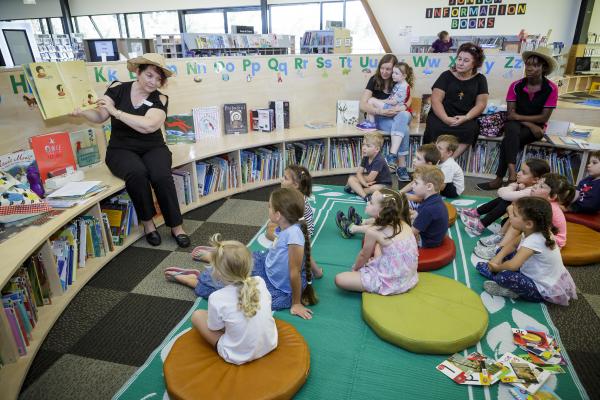
By Gabriella Payne
With the next national census only a matter of months away, statisticians around the country are gearing up for the big day and they are encouraging community members to help spread the word and save the date.
It may just sound like a bunch of numbers to some, but the census is an incredibly important data-gathering event which only occurs once every five years, and provides us with an accurate snapshot of the Australian population at a community level.
The upcoming national census, set to be held on Tuesday 10 August, will provide valuable information to many organisations and service providers across the country about the diverse array of people living within their communities – allowing them to tailor their services for the people around them.
The census executive director and national spokesperson, Andrew Henderson, said that the census provided a vital window into the lives of millions of Australians.
“Every community is different. You look out across the eastern corridor and think, ‘what a big suburban mass’, but it’s just hundreds of small communities, and the census will give us an insight into all of that,” Mr Henderson said.
“It’s not only all the new houses going in – it’s about the people and being able to understand who it is that’s actually moving into those houses, and trying to provide on the ground services and understand not just how many people you’re dealing with, but who they are.
The eastern corridor of Casey and Cardinia [for example] is not only a huge growth area, which it has been for the last 20-30 years – but it’s also become very, very multicultural,” he said.
Mr Henderson explained that the census honed in on individual households, and was more than “just a total population census” as it gathered information about family compositions, languages spoken and what kind of work individuals did as well, to name a few.
The general manager of Cardinia Public Libraries, Beth Luppino, said that the many libraries throughout Melbourne’s south-eastern corridor were looking forward to seeing the data gathered by the national census, as it would help them deliver services that were best suited to each community’s needs.
“We use the census data primarily to support our existing local knowledge to develop library collections – so that’s the books, the DVD’s, the online collections… and also our programs,” she said.
“Libraries are more than just books.
We’ve got very important opportunities for people to connect with each other and also places and spaces for people to be that are free and warm and welcoming.
So we need to understand our community really well, to make sure that those programs and collections and spaces are really on point with the community that we’re serving,” Ms Luppino said.
“The census really does provide that snapshot that underpins the planning that we do.”
Mr Henderson said that while the census is set to happen over the span of one night Australia-wide, it was a “massive undertaking” and would take the team about a month and a half just to gather all the information, and the data wouldn’t be released until June 2022.
The Australian Bureau of Statistics (ABS) are also looking to hire some new recruits for this huge job and Mr Henderson encouraged anyone looking for work to head to www.census.abs.gov.au for more information.







